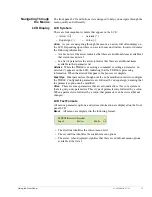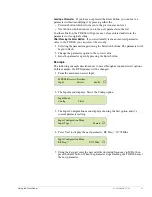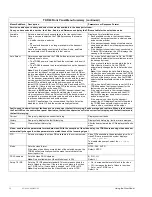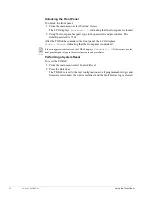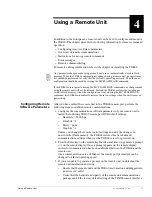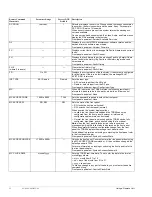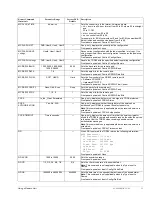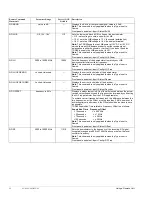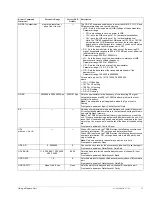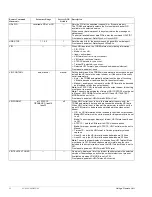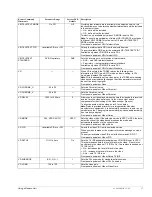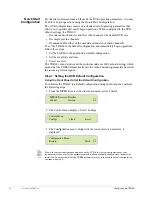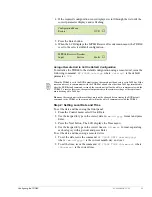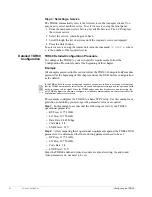
Using a Remote Unit
01-0868-401B 12/02
27
4
Using a Remote Unit
In addition to the front panel, a remote unit can be used to configure and monitor
the TDR60. The chapter presents the following information for remote command
operation:
■
Configuring remote software parameters
■
Overview of remote communications
■
Instructions for issuing remote commands
■
Error messages
■
Remote command listing
For remote cabling information, refer to the chapter on installing the TDR60.
Any parameter changes made using a remote unit are
not
automatically stored in flash
memory. When the TDR60 configuration is changed using a remote unit, an operational
test should be performed to verify that the system is operating correctly. Then the new
configuration should be saved by issuing the MC FLASH SAVE command.
If the TDR60 is reset prior to issuing the MC FLASH SAVE command, any changes made
using the remote unit will not be restored. Instead, the TDR60 restores the last changes
saved to flash memory. Once the configuration is saved using the MC FLASH SAVE
command, the TDR60 automatically restores the saved settings when the unit is reset or
powered up.
Configuring Remote
Software Parameters
After you have cabled the remote unit to the TDR60 remote port, perform the
following steps to establish remote communications:
1. Configure the communications software parameters of your remote unit to
match the following TDR60 remote port DVB default settings:
❒
Baud rate = 9600 bps
❒
Data bits = 8
❒
Parity = none
❒
Stop bits = 1
Unless you change the remote control settings and save the changes in
non-volatile (flash) memory, the TDR60 restores this list of default
communications settings whenever the TDR60 is reset or powered-up.
2. Press the Enter key on the remote keyboard several times to generate a prompt
(>) on the remote display. Once a prompt appears on the remote display,
successful communication has been established between the TDR60 and the
remote unit.
Once communications are established, the remote port parameters can be
changed to a faster operating speed.
3. If you are unable to generate a prompt on the remote unit, troubleshoot the
remote unit installation and setup:
❒
Ensure that the remote unit and the TDR60 are turned on and plugged into
an active AC outlet
❒
Verify that the baud rate and parity of the remote unit communications
package match the factory default setting of the TDR60 remote interface.
NOTE

